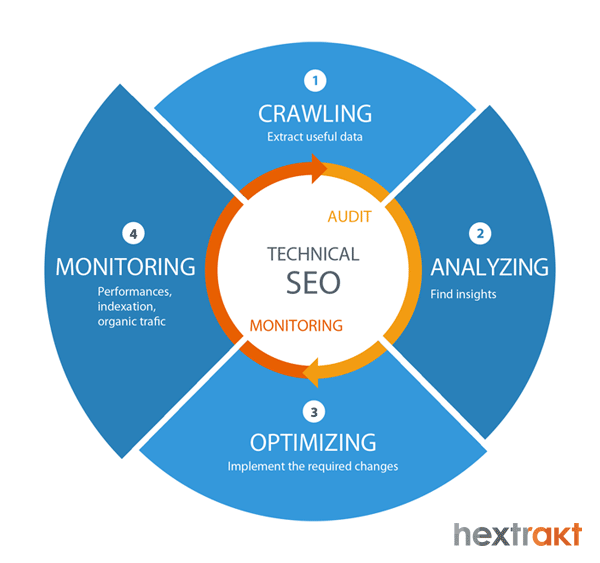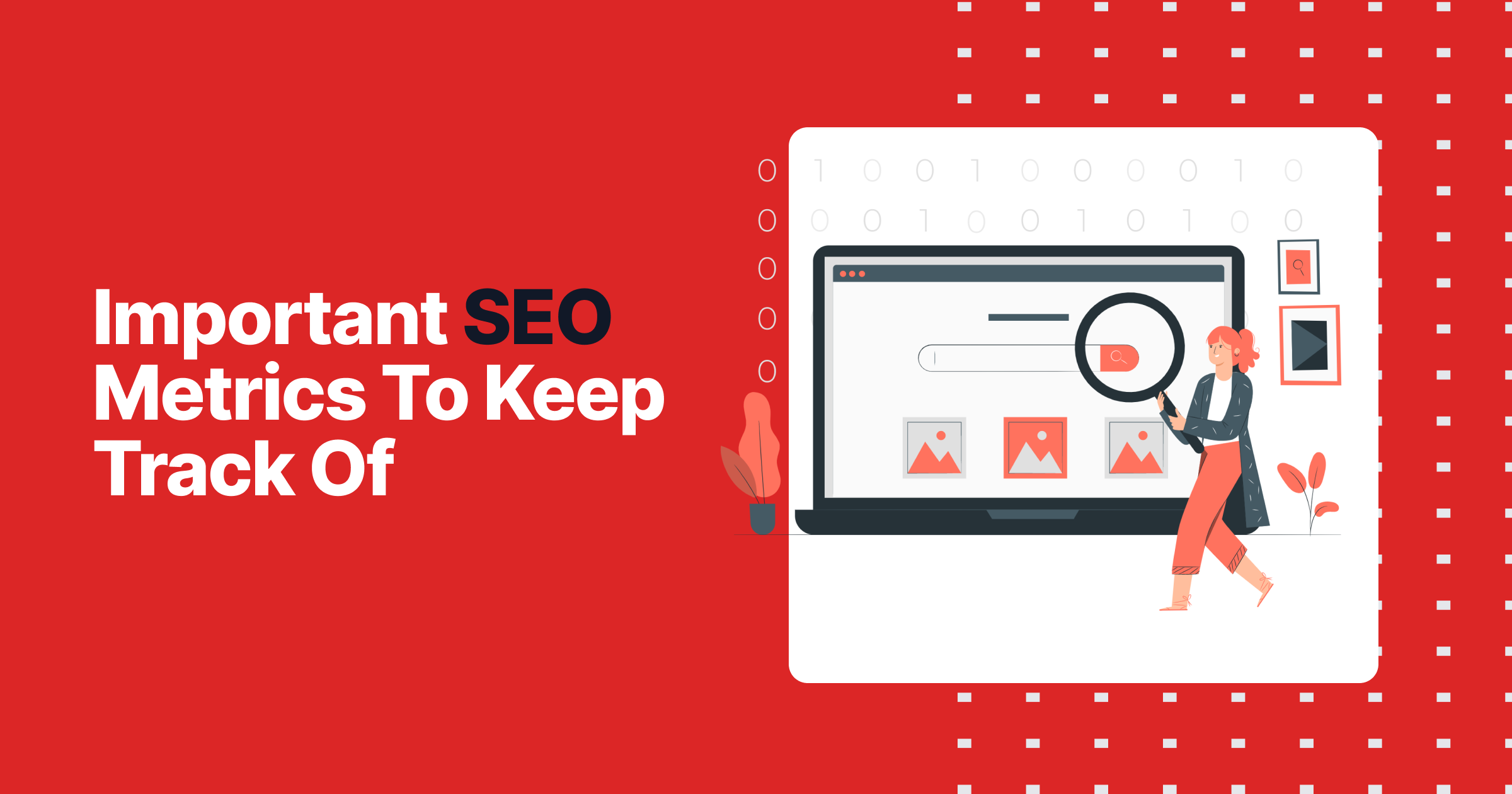
An ideal length for blog posts is 1200 to 1500 words. You should not exceed six minutes and provide enough detail for the content to be worth reading. The topic and the nature your content will dictate the length of your post. After writing several posts with great content, you can be sure that your articles are engaging and well-written. If you aren't sure what length blog post you should write, this guide can help you figure it out.
Blog posts should be between 1200- 1500 words in length
A blog post should be between 1,000 to 1,500 words. Increasing the number of words per post will increase your chances of getting it seen by more readers and shared more widely. It will also improve SEO. HubSpot found out that only one third of top-performing blogs are under 1500 words. It is important to be concise in your blog posts, but quality content is more important that quantity. Your target audience, as well as the value of each word, will dictate the length of your posts.
It doesn't matter whether you write a personal or business blog. The length of your blog post will vary depending on your goals. Search engines will consider many factors when ranking your website for SEO. To be found by search engines, you must create more valuable content than your competition. A blog post should grab the attention of your readers and give them the information they need.
Writing lengthy blog posts takes a lot of time. A single blog post can take up to 25% of your day. It doesn't matter if your goal is to write a blog for someone else or SEO. There is a tool that will help. A software editor can be used to improve the quality of your posts. You can also use line breaks to improve the readability of your blog posts.
You should choose your topic carefully when you are deciding how long a blog post should be. If you're writing about a product, make sure you're able to explain it in an easy-to-understand way. A 2,000-word article should be plenty for a well-written overview. You might want to add visuals to make complex concepts more accessible to your readers.
Studies show that longer content is more shared and linked to, and more likely to be read by more people. This is especially true for content that is opinion-forming or research-backed. Buzzsumo claims that more than half of all content on the internet is less than 1,000 word. This threshold will increase your chances of being successful on social media. Once you hit the 2,000-word mark, the effects will wear off. An article should average seven minutes in length to make a great blog post.
It takes less that six minutes
The length of your blog post will depend on the audience and what it contains. Long-form content is better for SEO and user engagement, so making it longer is better. Your blog post shouldn't be too long. However, it should still be readable. You should have at least one blog post per day. This will help increase your visibility and improve your SEO performance.

Finally, you need to be able decide what length is best for your audience. You can determine the perfect length blog post by asking these questions. You can then create a post to address these questions. It will vary depending on the content. A good rule of thumb, however, is between 500-60 words. The content should be representative of your business and brand, regardless of its length. Your audience will appreciate the content you produce, and you will have more visitors and customers.
Medium has published research that suggests a blog post should not exceed one to seven minutes. The average reader will skim a post that is more than seven minutes long. The majority of long-form blogs contain between two and three thousand words. However, there are a few exceptions. For example, a blog that is over six minutes long usually contains many 'how to' steps, so make it as short as possible.
It's filled full of details
A long blog can help you reach your audience by providing them with valuable information that encourages them to return to your website. Long blogs are often more engaging for readers because they are easy to read, have a good topic, and are easy to share. However, there are certain rules to writing an ideal blog post. Make sure to have a solid title, a consistent style and structure, and to keep the length within the guidelines above.
Medium research indicates that a seven-minute blog post is ideal. As a longer post grows in length, the average amount of time it takes to read it rises to seven minutes. A seven-minute read has approximately 1,600 words. SerpIQ used search engine optimization to analyze the top 10 results and determine the optimal length post. The sidebar text is included in the measurement of length. According to the study, a post of seven minutes and longer contains more information than one or two paragraphs.
The perfect length of a post depends on the topic. More detailed and broader topics are better explored through larger-picture views. Larger posts can be more dynamic. Whether or not a post is long or short depends on the content, but if it is written well, it will likely be read by a large number of people. Quality content is easy to scan.
It's SEO optimized
As long as there have been search engines, the question of what is the ideal blog post length has been around. The exact answer will depend on the topic, but typically it falls between 1,000-2000 words. If you want to get high rankings for SEO, keep your post length within this range. If you want to attract the most visitors to your blog, however, shorter posts may be more effective. So that your readers don't have to waste their time reading lengthy posts, this will save them time.

Although a few articles have been cited as being shorter than 2,000 words, this doesn't necessarily mean that they are more effective. Many readers don't need a comprehensive guide, or a manual. They want a quick answer and a clear explanation. It is possible that longer content might not be as effective. In fact, some search intents are satisfied with 300 words, while others need 600 or more words. The best way to find the right length for your blog is to first look at your competitors and determine your audience's needs.
It is important to focus on providing readers with quality information, rather than writing an article full of keywords. Your keyword should be included only a couple of times per month. A few images can improve the appeal of your blog posts as well as optimize SEO for the keywords. For your blog posts to be more easily readable, you might consider adding images. Remember, you don’t have to write a blog article of 500 words.
It is best to write a blog post of around 1,500 words. But, it doesn't matter how long you can write. SEO best practices dictate that content should be informative and engaging. The more posts you have, the higher your rank for those keywords. Remember that search engines look at the time spent on a page to determine which keywords will be most effective. However, don't overdo it.
FAQ
What should I know about backlinks
Backlinks are links that point to a webpage on another website. They are one of the most powerful tools used by search engines to determine where a web page belongs in the search results. Backlinks are especially helpful because they show that someone else believes your content is valuable. Quality backlinks are essential if you want to rank well in search results.
How Often Should My Site Be Updated?
You can increase your site's rank by updating it regularly. It's not necessary. It may not be necessary to regularly update content you have already created.
Can I Increase Sales Through Google Adwords?
Google AdWords is a popular tool for advertisers looking to promote their products or services on the internet. Users click on sponsored adverts and visit the sites associated with those ads. This allows businesses to generate leads.
What are the differences between SEO strategies?
There are many types of SEO strategies, such as search engine optimization or social media optimization (SEO), or pay-per–click advertising (PPC).
SEO is a way to optimize content for certain keywords through text formatting and HTML code.
This ensures that your website appears higher in search result pages.
Meanwhile, social media optimization (SMO) involves optimizing your website for social networks such as Twitter, Facebook, and Google+.
These are a great way to build your online brand and make visitors more likely visit your site when they search for similar topics.
PPC ads, which show relevant products and services, appear at search engine results pages' top.
The most common type of PPC ad is an advertisement on Google paid search. These ads can be very effective, even though they cost a lot.
There are many other types of PPC advertising, including video ads, display ads and sponsored posts.
Statistics
- : You might have read about the time that I used The Content Relaunch to boost my organic traffic by 260.7%: (backlinko.com)
- Sean isn't alone… Blogger James Pearson recently axed hundreds of blog posts from his site… and his organic traffic increased by 30%: (backlinko.com)
- Deleting those 10k pages is one of the main reasons that he improved his site's organic traffic by nearly 90%: (backlinko.com)
- Which led to a 70.43% boost in search engine traffic compared to the old version of the post: (backlinko.com)
- And 90%+ of these backlinks cite a specific stat from my post: (backlinko.com)
External Links
How To
How to choose the perfect SEO strategy for you business
These are some factors that can help you choose the right SEO strategy for your website.
-
Keyword Research
Your primary goal in SEO is to rank high for certain terms. To do this, you need to research keywords that are related to your website. You should also identify negative keyword phrases that don't relate to your audience.
-
Content Strategy
Content marketing is important for all businesses. However, eCommerce websites must ensure that their products and services rank highly on search results pages. This helps drive sales and increases conversion rates.
Constructing relevant and engaging content that solves problems or offers solutions is a must.
-
Link Building
Links have a huge impact on your website's ranking in search engines. So, you need to focus on creating valuable relationships with other websites.
-
Social Media Marketing
If your website has a strong presence on social media channels, you may want to use them to promote your brand. This will encourage others to share your content by sharing it across these platforms.
-
Website Structure
While it is true that good design does not necessarily lead to higher rankings, it can have an impact. A clear, simple layout can improve the user experience, which can lead to increased conversions. It is important that your site loads quickly in order to make sure users don’t leave the site without completing their transactions.
-
Mobile Optimization
Mobile devices account for almost half of internet usage today.If your website isn't optimized for mobile, you could lose out on traffic and potential clients.
-
Local Search
This means that your website is optimized for local searches, such "restaurants near my" or "businesses close to me". Because people trust recommendations from their friends, family members, or colleagues, it is easier to rank high locally.
-
Ecommerce Website Development
Ecommerce websites benefit from a range of different types of SEO strategies.For example, they often perform best when they're optimized for both desktop and mobile devices. You can rank higher for longer tail keywords.
-
Video Ranking
Video content is highly ranked on search engines. It ranks well for longer queries, and gets more shares.
-
Branding
Branding is the process of designing a logo, product names, and messaging that gives your company its own identity and personality. This helps customers get to know you and what you do.
-
Analytics Software
Analytics software allows you to track how visitors interact with your website.The information gathered through analytics can help optimize your efforts and increase conversions.
-
Email List Management
Email lists allow you to send emails directly to your target audience.You can send messages about new products, special offers, and promotions.
-
Blogging
Blogging is another way to generate quality backlinks. When you create blog posts that are related to your business, you will attract backlinks from reliable sources.
-
Customer Satisfaction
Customer satisfaction is one of the most effective ways to get high-quality backlinks.When satisfied customers refer their friends and colleagues to your site, this will result in quality backlinks.
-
Content Marketing
Content marketing involves producing unique, useful, relevant content that educates, entertains, or inspires readers.
Engaging content will help build trust among your target audience and improve conversion rates.